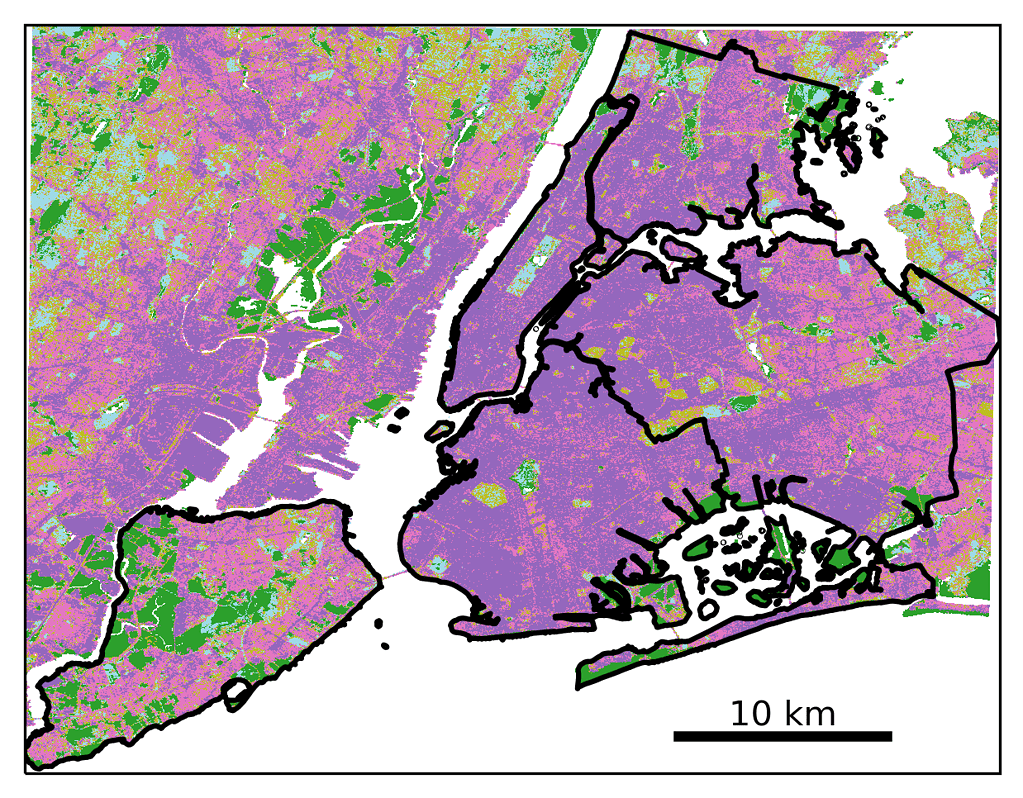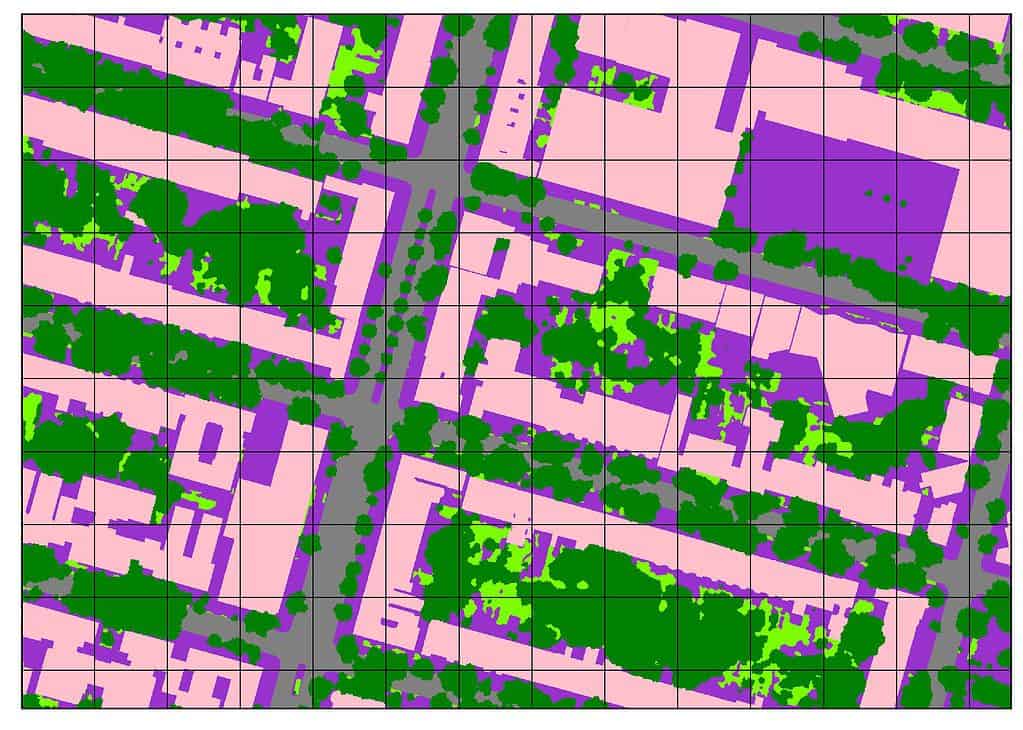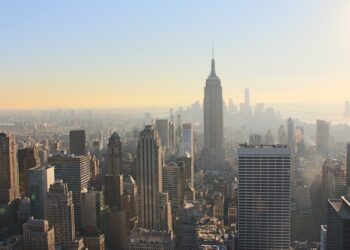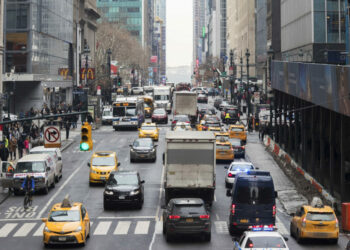On many summer days, photosynthesis by trees and gases in New York City absorbs all the greenhouse gas emissions produced by cars, trucks, buses, and even more, according to a new study. The findings, based on vegetation maps, show the importance of greenery for cities as part of their efforts to tackle their emissions. This includes scattered trees and lawns along sidewalks and pavements, which add up to produce a strong carbon-absorbing effect.

Researchers at Columbia University identified large amounts of previously unrecognized vegetation scattered in small spots across the city, which have an important role in absorbing emissions. They modeled the carbon uptake of every lawn and canopy and studied data from instrument towers that regularly measure emissions.
The findings are especially relevant as urban areas account for over 70% of global greenhouse gas emissions. New York City has committed to reducing its carbon footprint by 80% by 2050. Buildings, transportation, and waste currently account for most of the emissions in the city, with plans already in place for each of the sectors.
“There is a lot more greenery than we thought, and that’s what drives our conclusion,” lead author Dandan Wei, a researcher at the Columbia Climate School’s Lamont-Doherty Earth Observatory, said in a statement. “This tells us that the ecosystem matters in New York City, and if it matters here, it probably matters everywhere else.”
Tracking down emissions
Previous studies calculated emissions uptake of vegetation in New York City by looking at contiguous tracts of forest and grassland, but these account for only 10% of the metropolitan area, the researchers said. Using aerial radar imagery, they were able to include developed areas – the other 90% of the region, excluded in previous models.

The study was able to identify individual street trees, small backyard gardens, overgrown empty lots, and other small features – a level of detail never seen before. While most people compare New York City to a grey box, that isn’t actually accurate, study author and atmospheric chemist Roísín Commane said in a media statement.
Tree canopies cover about 170 square kilometers of New York City, or about 22% of its area, while grasses account for 94 square kilometers, or 12%, the researchers found. To figure out how this greenery interacts with emissions, the researchers looked at June through August 2018, when the city emitted 14.7 million tons of carbon dioxide.
The main sources of emissions were the power industry and energy generation for buildings, as well as road transport. While global average CO2 levels are currently about 417 parts per million (ppm), in New York City they reach 460 ppm or more. But CO2 levels would be even much higher without all the vegetation, especially in the newly mapped developed areas.
These accounted for about 85% of the daily carbon uptake, they found. On many summer days, total uptake equaled up to 40% of a summer afternoon’s total emissions from all sources. The researchers saw emissions rise in the morning in line with traffic and other activities, and then lower in the afternoon, as trees and grass do their work.
The only problem is that emissions uptake from vegetation only mainly happens during the local growing season, which runs from mid-April to mid-October in the city. Vegetation in cities with warmer climates may play an even grander role, the researchers said. New York City is currently working to increase its tree cover, hoping to plant a million more trees.
The researchers will continue their work by characterizing coverage by species and figuring out the relative benefits of different ones. Oaks and sweet gums, for example, are common trees in the region, but research has found they produce isoprene, a volatile compound that reacts with emissions from vehicles to create polluting ozone.
The study was published in the journal Environmental Research Letters.






